I am a descendant of Prince Philip I never really got to met him or know him or his Queen it was too bad that we never met don’t know if she’s still alive but I heard she’s gone but she’s a fighter she’ll fight back
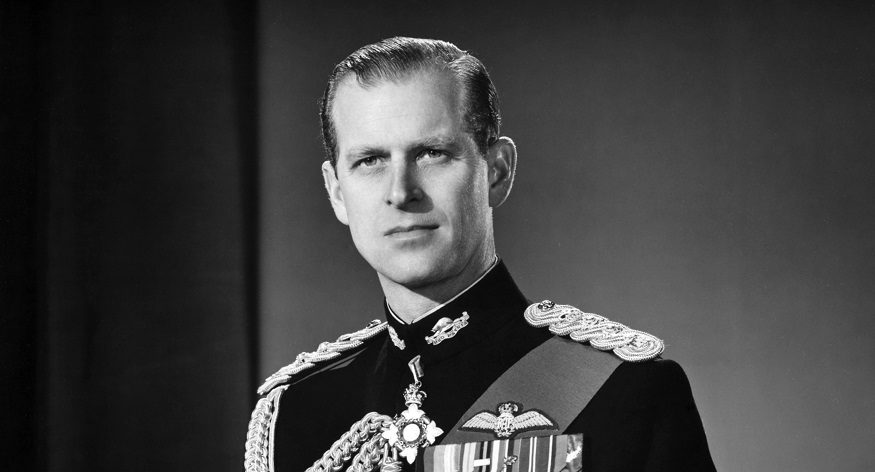

MyHeritage would like to extend our deepest condolences to Her Majesty the Queen, the royal family, and the nation of Great Britain, on the loss of Prince Philip, the Duke of Edinburgh last Friday. Explore MyHeritage’s British Royal Family tree here to learn more about Prince Philip’s family background.
As fate would have it, on April 12, we hosted a Facebook Live session with Caroline Gurney, genealogist and historical researcher, called “Are You Related to Royalty?”. Caroline devoted a few minutes at the beginning of her session to talking about Prince Philip in the context of family history and DNA research. We wanted to share what she revealed to us.
Caroline mentioned that many were surprised to discover that Philip was, in fact, a close cousin of the Queen. Both Elizabeth II and Philip were descendants of Queen Victoria. It is not unusual for royals to marry their cousins, as through most of history, royal family members could only marry people of their class, and there was a limited pool of people of royal lineage to choose from. Therefore, it’s not particularly surprising that Philip was also a descendant of George II, Tsar Nicholas I of Russia, and King Christian IX of Denmark.

Caroline’s slide illustrating Prince Philip’s royal family connections
Prince Philip was known for his biting sense of humor and was once asked, during the 1960s, whether he would be interested in visiting Russia — which was at the time under the rule of the Soviet Union. Philip replied: “I would like to go to Russia very much, though the b*****ds murdered half my family.”
He was likely referring to the Romanovs, who were captured and murdered by Communist revolutionaries in July 1918.
Years later, in 1991, bodies were discovered in an unmarked grave in Ekaterinburg that experts believed were those of the Romanovs who were murdered that night: Tsar Nicholas II, Tsarina Alexandra, and their 5 children. Researchers sought to confirm their identities through DNA — but how can you confirm the DNA identity of a historical figure when you have no DNA sample to compare it to?
The answer, just like a genealogist trying to identify an unknown DNA match, is to work through known relatives. The tsarina was Queen Victoria’s granddaughter — Philip’s great-aunt — and that meant that she shared mitochondrial DNA with Prince Philip. So Prince Philip contributed a blood sample, and his DNA was compared to that of the remains and of other family members. This allowed researchers to confirm virtually beyond a doubt that the bodies were indeed those of the murdered Romanovs.
Another important tidbit about Prince Philip’s family history is that his mother, Princess Alice of Battenburg, helped rescue Jews during the Holocaust, and was recognized as Righteous Among the Nations for her actions.
You can watch Caroline’s full FB Live session here.

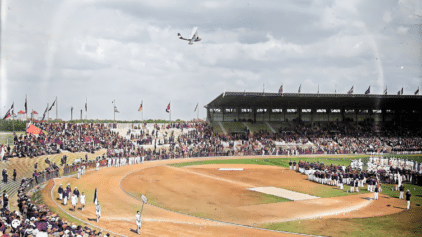
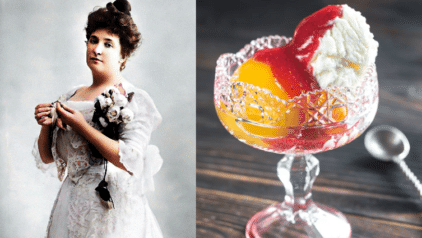
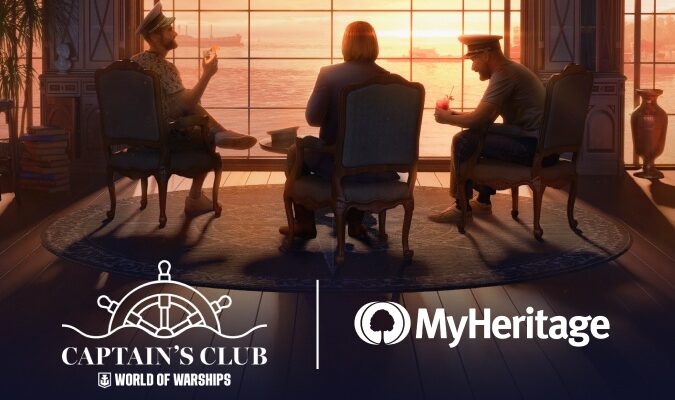
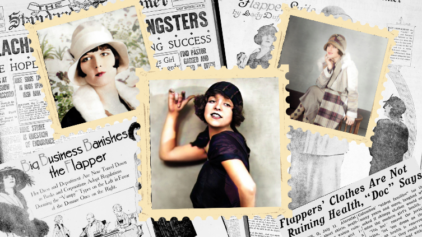
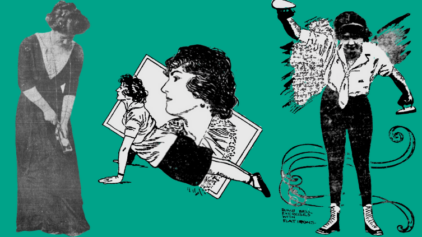

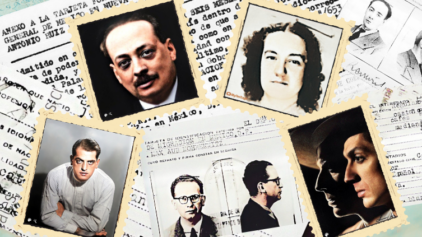
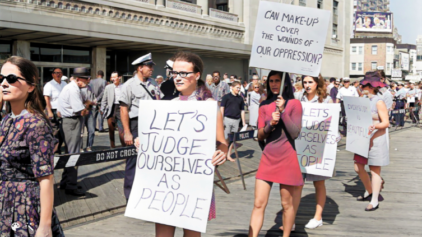

Rosalie Panasewycz
April 14, 2021
HRH Prince Phillip,Duke of Edinburgh, will be greatly missed by all of the Commonwealth Nations to whom he gave much care and service.